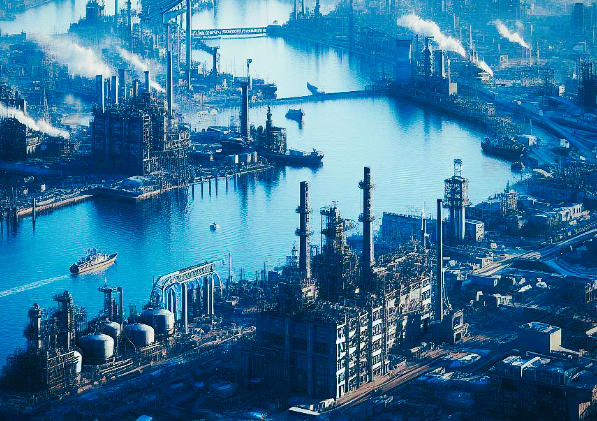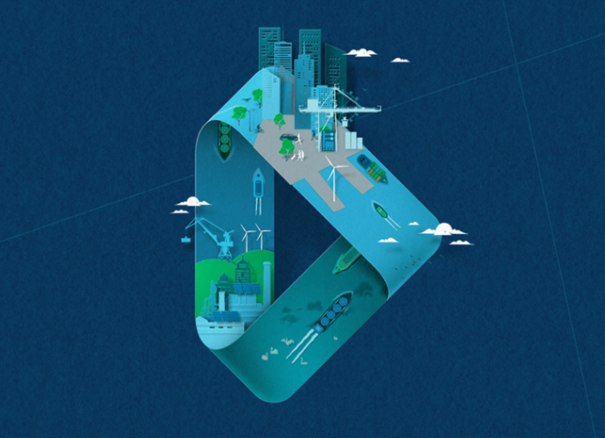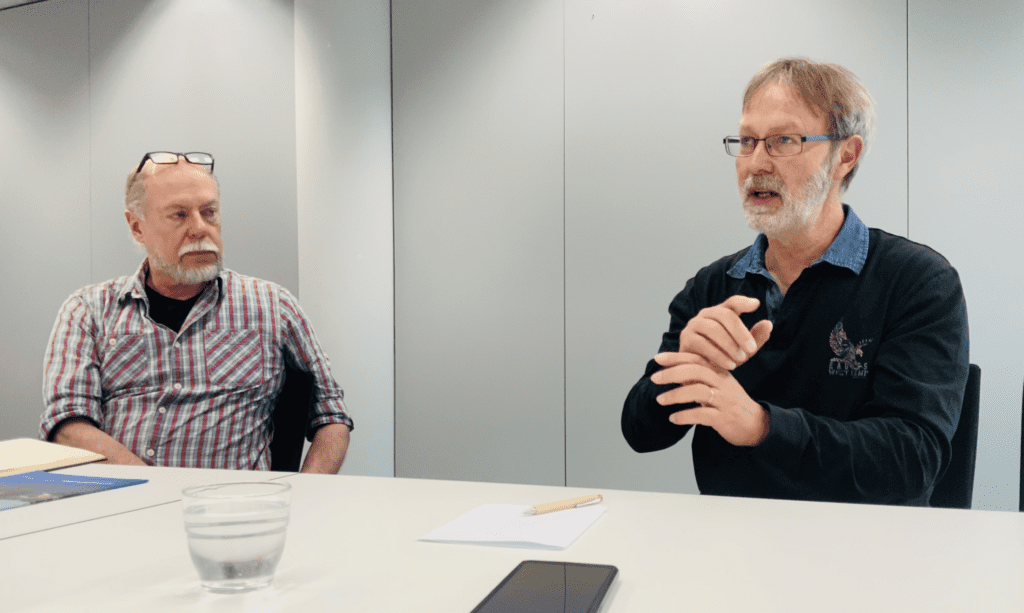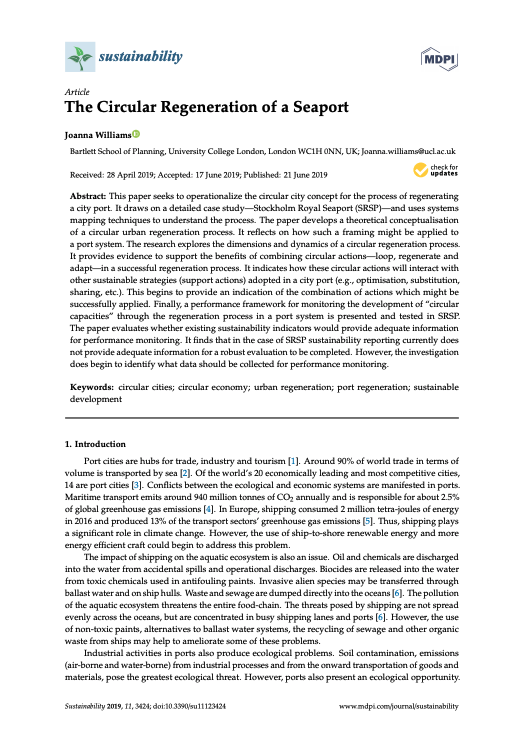Ports are constantly evolving, but are slow to change. Moments such as the negotiation of port concessions, the development of infrastructure and the renewal of land can provide the platform to embed the circular economy into port infrastructure and activities.
Introducing the theme
For port operators, the circular economy can be considered a ‘nice to have’, a marketing tool or a distraction from core business. Under existing market conditions a circular economy may not make financial sense. Yet, even with a viable business model for circular products and services, it can take considerable effort for port operators to change their businesses. The public sector is limited in their capacity to change how businesses operate. Is this an impasse for the transition to a circular economy?
Ports – profit, people or the planet?
Circular services are often found in ports, but they are considered low value circular economy activities such as processing and recycling waste materials. Ports could play a far more considerable role for the circular economy, such as creating shorter production chains or helping reduce the demands of resources. This raises a fundamental dilemma for ports: should they prioritise economic activities (trade) or should they be at service to society and the environment (such as the circular economy). Can ports have it both ways?
Some port activities are plugged into global trade networks that are aimed at efficiency, speed and transport costs. These port activities are highly competitive with small cost margins. It is therefore difficult to impose specific standards and practices on port operators, without risking increased transport costs and the port becoming uncompetitive. Imposing circular economy standards on a port may result in cargo moving to another port with more flexible conditions. Therefore, to avoid a race to the bottom, international standards are required to provide a level playing field.
Where port activities have a stronger focus on local networks and value chains, the Port Management Board (PMB) and public authorities can have a stronger role in defining ambitions and setting standards. Here the port related activities are likely to be competing against other modes of transport, such as road or rail.
To stay competitive, yet address circular economy ambitions, action is required on two levels. PMBs and public authorities can identify locally focused activities and set standards or objectives. For ports working on competitive global value chains, it may be necessary to create agreements amongst other neighbouring ports to avoid unfair competition.
Breaking into the system
Port operators are reluctant to embrace circular economy practices if it requires them shifting focus or resulting in costs or losses. In most cases, a circular economy agenda needs to be set by the public sector. PMBs or public authorities may be inclined to use policy or regulation to drive change. Financial incentives such as tax rebates or subsidies can be useful, however the public sector may not have the financial assets required to fundamentally impact habits and practices in ports. Fines and taxation may also have limited impact, particularly if port operators are locked into long-term financial constructions or low margin operations.
Does this mean that the circular economy is a dead end for ports? Certainly not! But it means that the public sector has a considerable responsibility in agenda setting and must find suitable inroads where constructive negotiation can occur. There are three notable moments where port operators are in a position for dialogue. This includes the tendering of port concessions, the development of infrastructure and the renewal of land.
Firstly, port concessions are moments where the port authority defines the terms of the port area. The concession tendering process creates a
competitive environment where the PMB can define objectives or criteria for the future use of the land. It may also include incentives or penalties for addressing certain ambitions. PMBs could define minimum circular economy standards and also provide benefits (finance or land use conditions) that stimulate even more ambitious circular economy operations.
Secondly, the development of infrastructure, requiring planning or environmental permits, requires the port operator to discuss or negotiate their plans with the PMB, public authorities and port operators. Port operators requesting a permit are likely to be changing or adapting their business activity where they are also refinancing their business, which allows for long-term investments to be adapted.
Finally, the renewal of unused land is a very useful leverage point for the circular economy. Where the private sector is willing to regenerate land, the public sector may only have traditional planning tools to work with. Where the public sector needs to invest or co-invest in the redevelopment of land, it will have a greater capacity to impose the outcome of the regeneration process.




